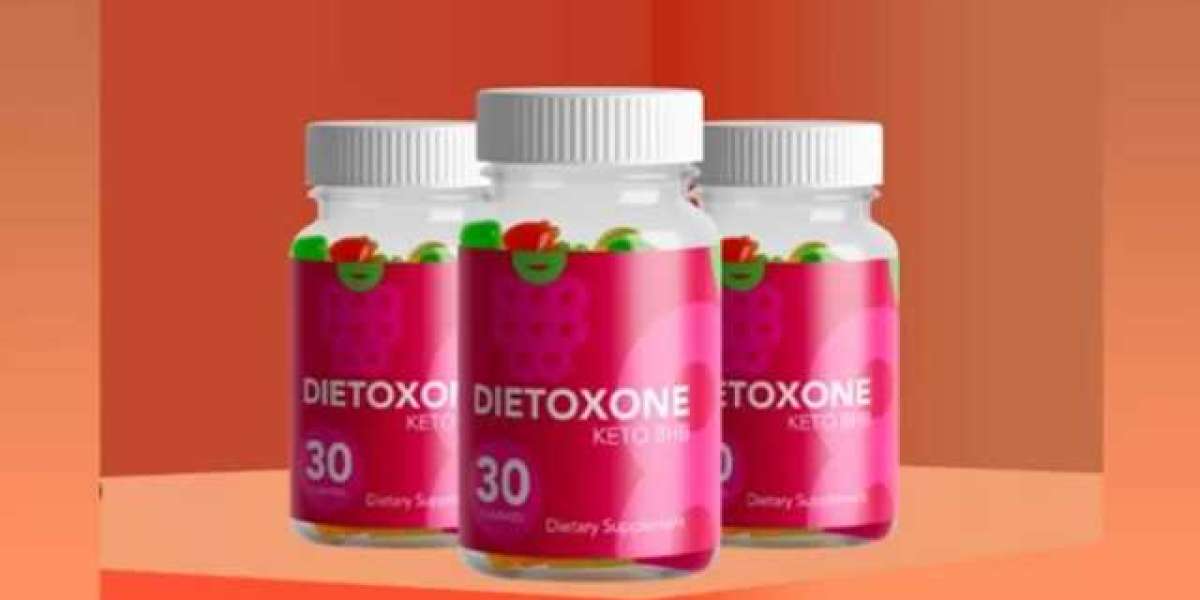Oral anticoagulants, commonly known as blood thinners, play a crucial role in preventing and treating blood clots. As cardiovascular diseases and related conditions continue to pose significant health challenges globally, the demand for effective oral anticoagulants has been on the rise. This article provides an in-depth analysis of the oral anticoagulants market, focusing on key companies and market trends.
The global oral anticoagulants market has witnessed substantial growth in recent years, driven by an aging population, increasing prevalence of cardiovascular diseases, and a growing awareness of the importance of blood clot prevention. According to market research reports, the market is expected to continue its upward trajectory in the coming years.
The key Oral Anticoagulants Companies are:
Bristol-Myers Squibb/Pfizer:
One of the prominent players in the oral anticoagulants market, Bristol-Myers Squibb/Pfizer, is known for its blockbuster drug, Eliquis (apixaban). Eliquis has gained widespread acceptance for its efficacy in preventing stroke and systemic embolism in patients with non-valvular atrial fibrillation.
Boehringer Ingelheim:
Boehringer Ingelheim has made significant contributions to the oral anticoagulants market with its drug Pradaxa (dabigatran). Pradaxa is approved for various indications, including the prevention of stroke and systemic embolism in atrial fibrillation patients.
Johnson & Johnson (Janssen Pharmaceuticals):
Janssen Pharmaceuticals, a subsidiary of Johnson & Johnson, has a strong presence in the market with its oral anticoagulant, Xarelto (rivaroxaban). Xarelto is widely prescribed for the prevention of deep vein thrombosis, pulmonary embolism, and stroke.
Daiichi Sankyo:
Daiichi Sankyo has been a key player in the oral anticoagulants market with its drug Savaysa (edoxaban). Savaysa is indicated for the prevention of stroke and systemic embolism in patients with non-valvular atrial fibrillation.
Market Trends:
Increasing Preference for Direct Oral Anticoagulants (DOACs):
The market has witnessed a shift towards the adoption of DOACs over traditional anticoagulants like warfarin. DOACs offer advantages such as predictable pharmacokinetics, fewer drug interactions, and the elimination of the need for routine monitoring.
Expanding Indications and Approvals:
Companies are actively pursuing research and development to expand the indications for their oral anticoagulant drugs. This includes exploring new therapeutic areas and obtaining approvals for additional indications, thereby broadening their market reach.
Rising Incidence of Atrial Fibrillation:
Atrial fibrillation is a leading cause of strokes, and as its prevalence continues to rise, the demand for oral anticoagulants is expected to grow. Companies are investing in the development of novel drugs to address the specific needs of atrial fibrillation patients.
Growing Emphasis on Patient-Centric Approaches:
With an increased focus on patient outcomes and satisfaction, companies are developing patient-centric programs to provide support and education. Patient assistance programs, adherence initiatives, and educational campaigns aim to improve overall treatment outcomes.
Technological Advancements in Drug Delivery:
Continuous advancements in drug delivery technologies contribute to the ease of administration and patient compliance. Efforts are being made to develop convenient dosing options, such as once-daily formulations, to enhance the overall patient experience.
Contact us:
Market Research Future (part of Wantstats Research and Media Private Limited),
99 Hudson Street, 5Th Floor,
New York, New York 10013
United States of America
+1 646 845 9312
Email: [email protected]



